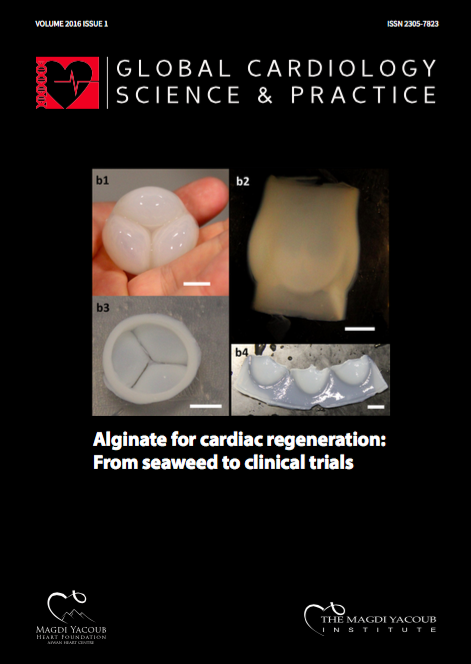Iranian homograft tissue processing
DOI:
https://doi.org/10.21542/gcsp.2016.7Abstract
Tissue transplantation is a life-enhancing therapeutic modality for damaged or non-functioning tissues. In most cases, there is no alternative other than human tissue as replacement, and taking into account the ever-increasing demand for tissue grafts, it makes sense to set up an establishment in charge of human tissue procurement to meet local needs. A quality assurance system, clearly defined standards, and regular audits complement the infrastructure which make this activity feasible. The process of tissue procurement consists of donor identification, consent, tissue recovery, donor screening and testing, tissue processing, preservation, packaging, labeling, terminal sterilization, storage and distribution. The transplantation of homograft heart valves remains controversial, due to the availability of prosthetic and bioprosthetic alternatives. The limited durability of homografts has not yet outweighed the advantages which this graft offers. Adherence to regulations and regularly revised guidelines improve long-term efficacy and minimizes complications or malfunction. Furthermore, the lower price of homograft heart valves and the removal of the need for a lifetime of anticoagulation therapy are noteworthy advantages of this replacement. In our practice, the proportion of homograft heart valves meeting release criteria and successfully implanted grafts were 83% and 95%, respectively.
Downloads
Published
Issue
Section
License
This is an open access article distributed under the terms of the Creative Commons Attribution license CC BY 4.0, which permits unrestricted use, distribution and reproduction in any medium, provided the original work is properly cited.


